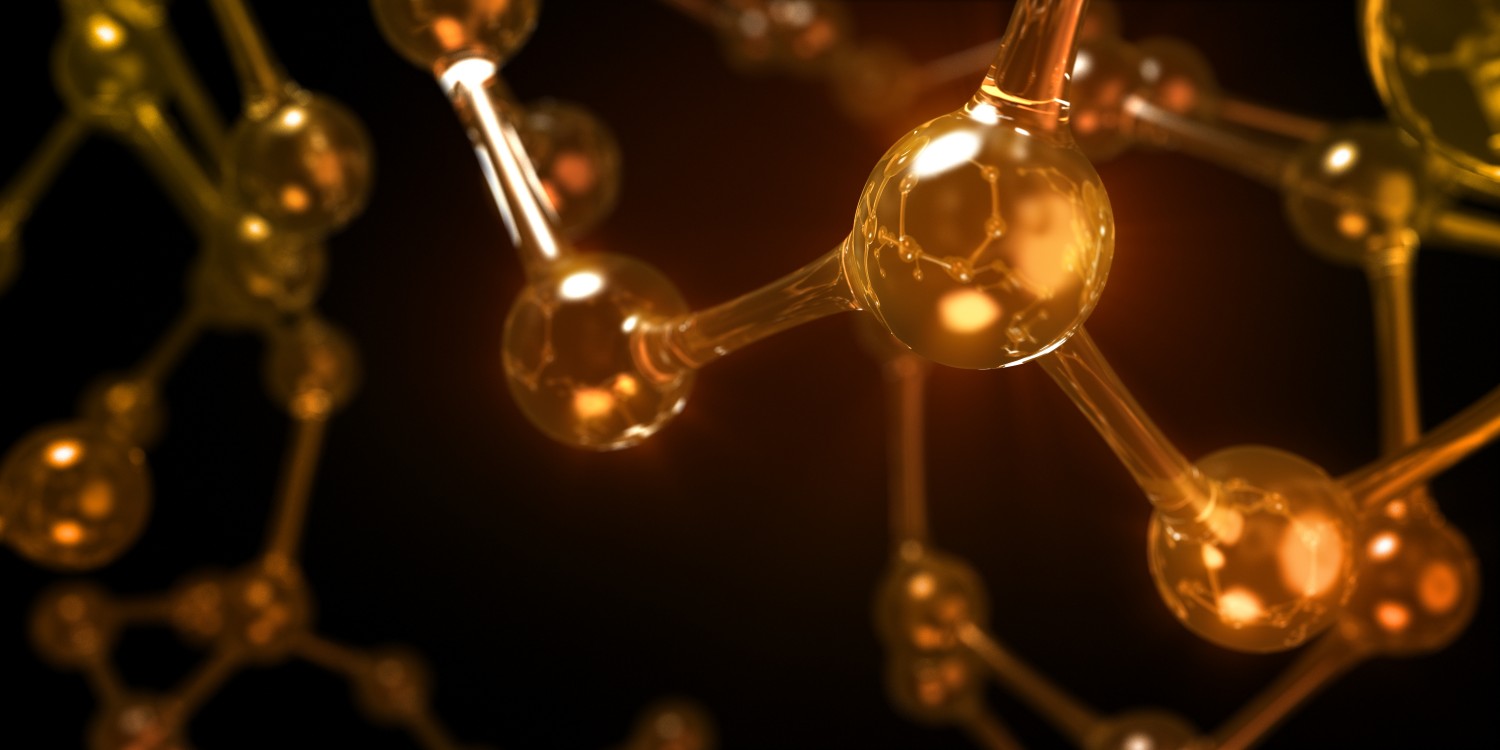04/08/2020
Oxidation and degradation of a lubricant

Oxidation of a lubricant is a chemical process that changes a lubricant and makes it lose its chemical and physical properties.
A quality lubricant contains antioxidant additives based on, among other things, amines and phenols. The oxidation of a lubricant starts with the breakdown of the antioxidant additives in the oil. When they are exhausted, the actual aging process of the oil starts.
Some base oils, like most synthetic base oils, are naturally more resistant to oxidation. Moisture, high temperature, metal particles, UV radiation and oxides (oxygen) will accelerate the oxidation process.
The consequences of oxidation are an increased oil viscosity due to the polymerization of the oxidized oil molecules, the formation of organic acids, varnishes and depositions, but also the exhaustion of most oil additives, as a result the lubricant has to be replaced more quickly. An oxidized oil causes premature wear of the mechanical parts after all.
An increase in, for example, the operating temperature cannot be predicted, which is why it is and remains risky to determine the oil change period based on maintenance schedules with fixed periodicities. Sometimes the oil is changed too late and abnormal wear has already occurred. Sometimes the lubricant is changed too quickly.
Strongly oxidized oil can be recognized by color and odor. The color darkens and the oil smells like bandage plastic. But if this observation is made, it is often already too late and increased wear has already occurred.
In the laboratory the degree of oxidation of the oil is measured and compared with the values of the fresh oil. FT-IR analysis, Ruler, MPC-DG, TAN, TBN, ipH,… are just a few of the many tests that ALPHA MS uses for this.
It is partly for these reasons that Unil Lubricants is proposing proactive maintenance through oil analysis.
For more information about proactive maintenance of your machines, click here or take a look at the Alpha Maintenance Systems website.

